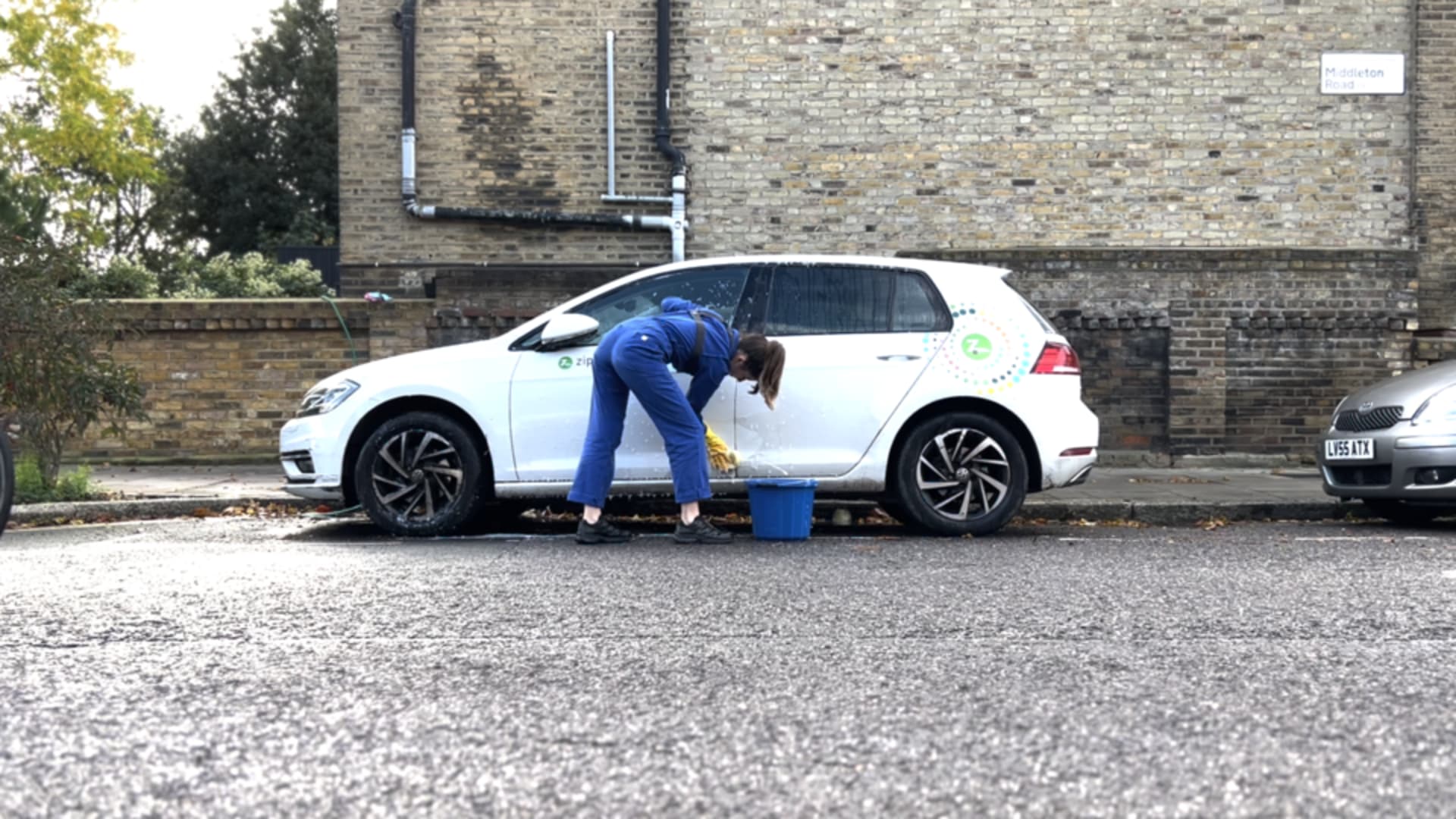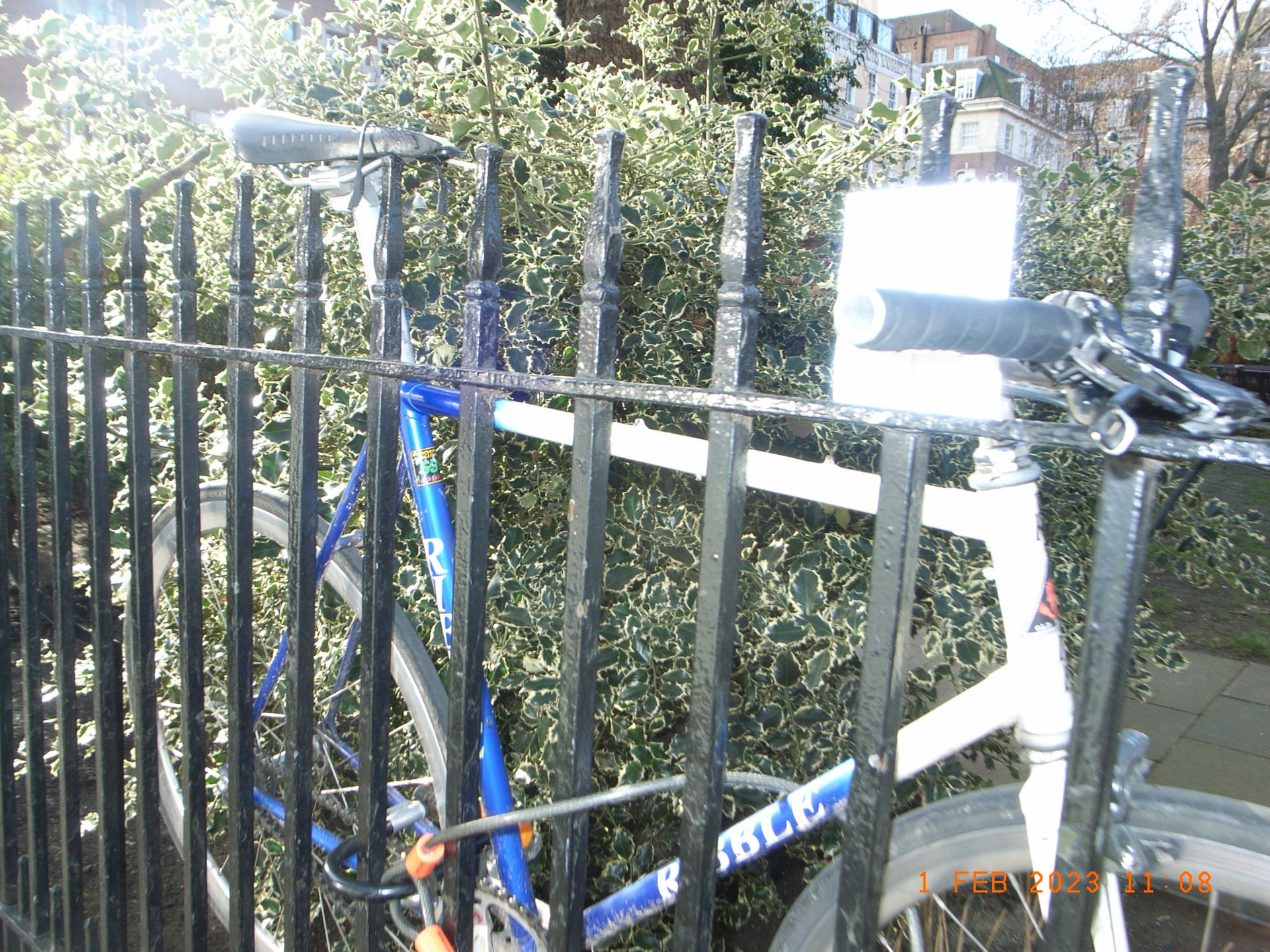Marnie is a research-led designer based in London. Her work is multidisciplinary spanning the practices of architecture, landscape and urban design. In her first year at the RCA, Marnie explored the teeth as a fortified infrastructure under the Capitalocene, focussing on the case of water fluoridation in Birmingham. This year, Marnie is investigating the capitalisation of sharing in contemporary London. Marnie previously studied Architecture at the University of Sheffield and then went on to work in practice for two years, first at Publica Associates and then East Architecture. Alongside her studies, Marnie works at Studio ONB, where she assists on public realm design for local authority projects.
Marnie Slotover

Degree Details
School of ArchitectureArchitecture (MA)ADS7: Convivial-ismRCA2023 at Truman BreweryTruman Brewery, F Block, First floor
Contact

How would the city look if it was designed based on use rather than for order?
Commoning Soho Square proposes a new design methodology for shared space, rooted in the observation of acts of commoning.
The project seeks to understand why urban commons appear and how they can be facilitated through the use of forensic site investigations, 1:1 constructed observations and provocative design proposals.


The commons have been capitalised through the introduction of the sharing economy, leading to a lack of care and a failed experience of sharing in the city. The sharing economy is a socio-economic system that has been growing in popularity since 2013 and is built around the sharing of resources; it includes household name companies such as airBnB, WeWork, Lime and ZipCar. The image of the fallen e-bike has become a symbol of London under late capitalism, but this is just the tip of the iceberg.
This drawing shows destructive scenarios I have seen or learnt of from different sharing economy sectors, as a personal duty of care for objects and spaces has been removed. Generally, private ownership is seen as the solution, but how can we share successfully?
In these early interventions, I performed acts of care on shared objects. By washing a ZipCar, servicing a Lime bike and mending a shared dress, I am intervening in these networks to fight the idea that these objects are consumable. Can the commons be reclaimed from a capitalist landscape through the practices of individuals?

Amanda Huron, a commons theorist, argues that urban commoning practices occur in saturated space: space which is saturated with people, competing uses and financial investment. Using GIS, I mapped the locations of the sharing economy in London. With a geoprocessing tool, Soho Square is identified as the place in London where an AirBnB, a WeWork, a Lime E-Scooter parking bay and ZipCar are in the closest proximity. This is the most saturated spot in London in regards to the capitalisation of sharing.
This project posits observation as an integral first part of a design methodology. Through conducting a 24 hour site visit in Soho Square over the course of 5 weeks, the acts of commoning present at the site have been recorded and documented using forensic markers, photography and systems of notation. By learning how people are actually using the space in its current iteration, an understanding of the daily (and nightly) needs of users is established. The photos below are categorised by six hotspots of commoning.













The second part of the design methodology advocates for the designer to take action at a 1:1 scale on site. The constructed observations take the spatial qualities of the six commoned spots in Soho Square and amplify them using designed props during site activations. This tests how the acts of commoning have occurred and looks forward to how the practices can be facilitated. Each of the six site activations present an agenda for how common space should be designed, all rooted in real life observations.


These walkthrough animations examine how the constructed observations can be translated into design proposals. Through reflecting on both the 24 hour site study and the site activations, the design strategies reorganise and edit the existing elements of the square to facilitate the identified acts of commoning. The interventions are provocative and look to a speculative future where citizens have more agency over shared space. However, in order to reach a consensus, the methodology must be scaled up. The observation stage should take place over a whole year, not just 24 hours, and built interventions should zoom in to the scale of a paving stone.